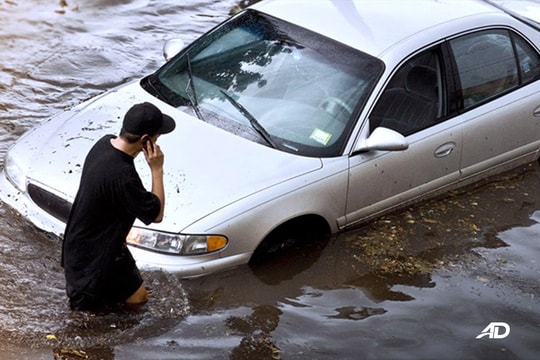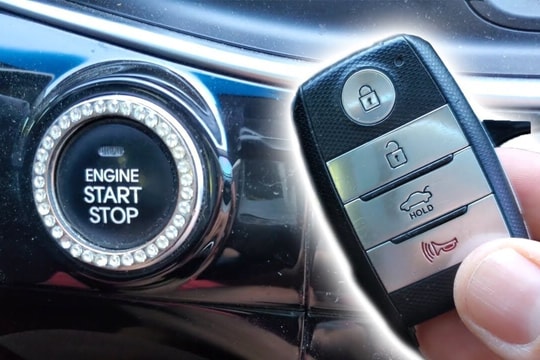Pocket 10 skills for driving a car on mountainous roads
(Baonghean.vn) - Experience in driving safely on mountain roads is always necessary for those who want to experience the feeling of flying, surprise and discovering new things.Here are 10 essential skills to help you have safe and enjoyable trips.
1. Check your vehicle before each trip
Being well prepared will make you feel more secure and it also helps you minimize unwanted things from happening; need to ensure and check some of the following equipment: Ensure brake fluid and transmission fluid are full, the last change is within the recommended safety time. Brake fluid, over time loses moisture and impurities causing contamination, reducing boiling. When using the brakes regularly, the fluid boils, losing braking effect.
Also check the surface, tire pressure and always have a spare tire.
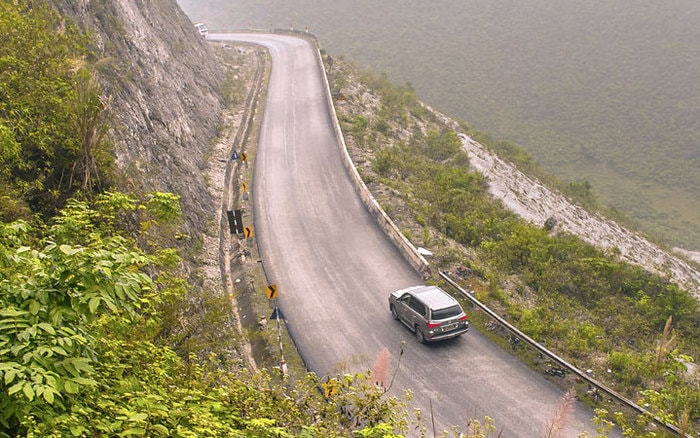 |
2. Do not violate the vehicle load,
Especially for passenger cars, it is not allowed to carry more people and luggage weight than the regulations, to ensure load limit.Because if the car violates the load, when going downhill the pass will increase inertia, which will have a very bad effect on the braking system.
3. Correct steering wheel alignment
Due to the nature of mountain roads with many continuous curves, you almost have to constantly work with the steering wheel. Estimating the sharpness of the curve to steer just enough is an important factor to help the car run stably, not wobble and always stay on the prescribed road.
Special attention should be paid to drivers who have the habit of holding the steering wheel with one hand. This is extremely dangerous when driving on mountain passes because sharp turns require more force to hold the steering wheel than on flat roads.
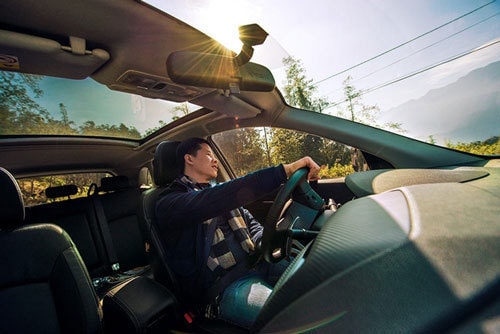 |
4. Handling when going uphill
The secret to climbing a hill is to “maintain momentum”. By being in sync with the accelerator, you should always try to keep the speed at no less than 35km/h, the engine rpm at no less than 1500 rpm.
For hairpin bends, the speed of the turn must be lower but you should still maintain the engine speed, observe before entering sharp turns to avoid having to stop to avoid oncoming vehicles. Note that if traveling in a group, you should keep enough distance to avoid having to brake suddenly.
 |
5. Principles when going downhill
When going downhill, the heavier the vehicle, the greater the inertia, the downhill speed will increase rapidly and exceed the ability to control the driver if the vehicle is still in D mode (automatic transmission), or high gears (manual transmission). Intuitively, you will brake, braking a lot and holding it for a long time will lead to the brake pad temperature increasing too high, then the ceramic brake pads will cause the braking effect to be lost.
The optimal solution at this time is to brake to reduce speed and shift to a lower gear (1,2,3 for manual transmission vehicles; or D1. D2, S low gear for automatic transmission vehicles), this will cause the engine to slow down the vehicle, allowing you to safely go downhill, easily controlling the steering. Note that you should always maintain a safe speed, absolutely do not let the vehicle drift too fast before braking, this way of driving can cause significant damage to the braking system.
 |
6. Don't hug the dividing line
Most mountain passes are narrower than the highways in the plains. Some drivers tend to stick to the dividing line in the middle of the road to drive, but this technique is not safe if the road is crowded with vehicles, causing discomfort to other vehicles, and in the worst case, leading to accidents that cannot be handled in time, especially with oncoming vehicles when cornering.
7. Be careful when encountering fog
When encountering fog, slow down, observe more, turn on fog lights and always remember to follow the road markings. Bad weather leads to loss of traction and can lead to landslides, so always be alert and stop if you feel danger.
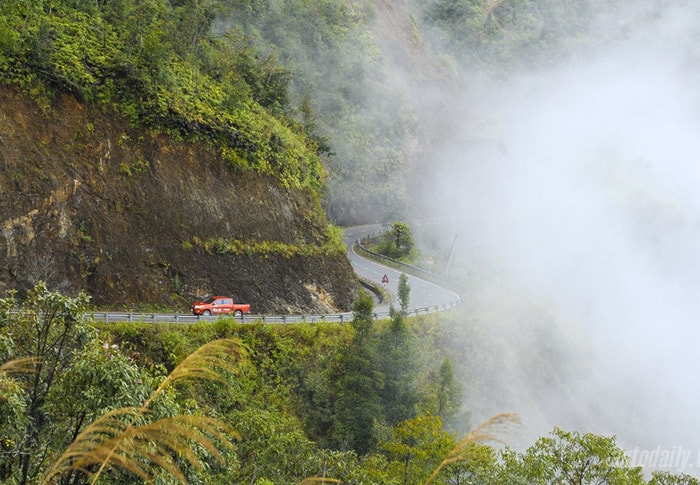 |
8. Be careful of slippery roads
Dense fog is also one of the causes of wet roads leading to slippery. However, the subjectivity of drivers will increase when the road is wet but the visibility is good and there is no fog, maybe after rain, or water flows down from the mountains. Moving at high speed through wet or flooded roads (especially on bends) can cause the car to skid and lose control.
9. Always carry drinking water
On steep mountain passes, low humidity can lead to altitude sickness and fatigue. Therefore, always provide enough water to keep your body alert. In addition, the vehicle also needs to be "alert" by filling up the fuel tank, because the density of fuel stations along the road is very low.
10. Take frequent breaks
Driving on mountain passes requires high concentration and the vehicle changes direction frequently, which can easily lead to stress and fatigue; drivers should stop frequently to rest and stay alert for the next leg of the journey.
Ngoc Anh
(Synthetic)
| RELATED NEWS |
|---|

